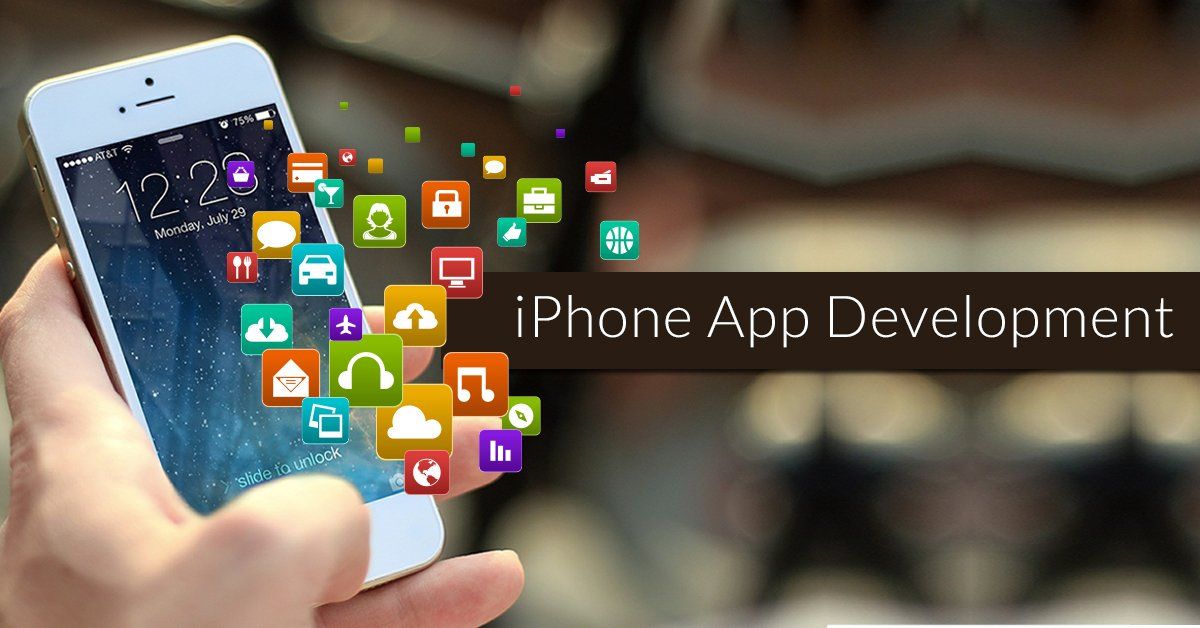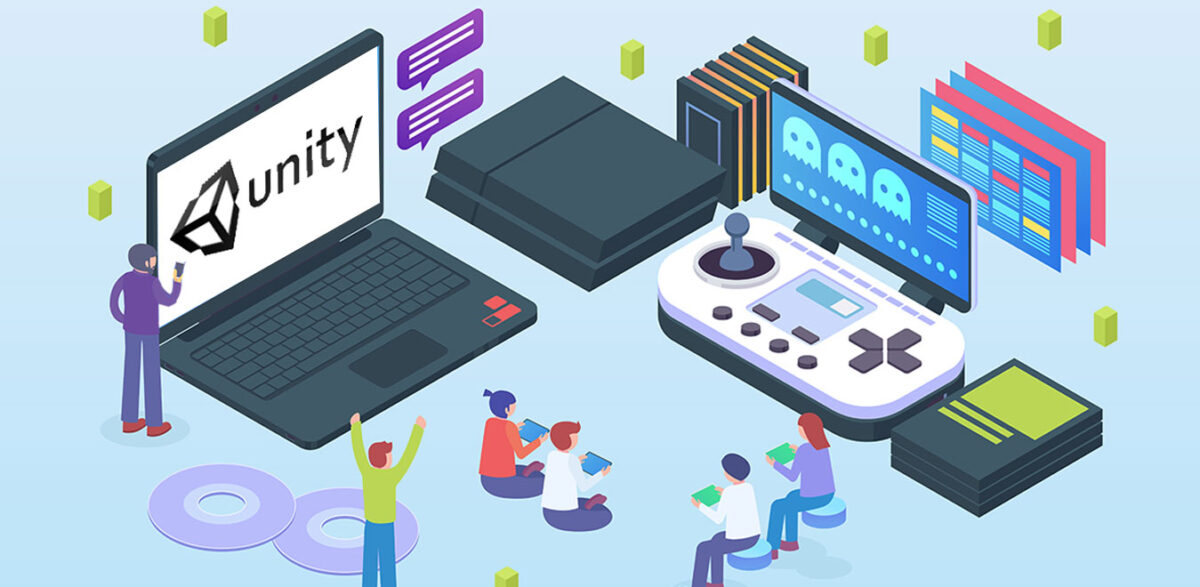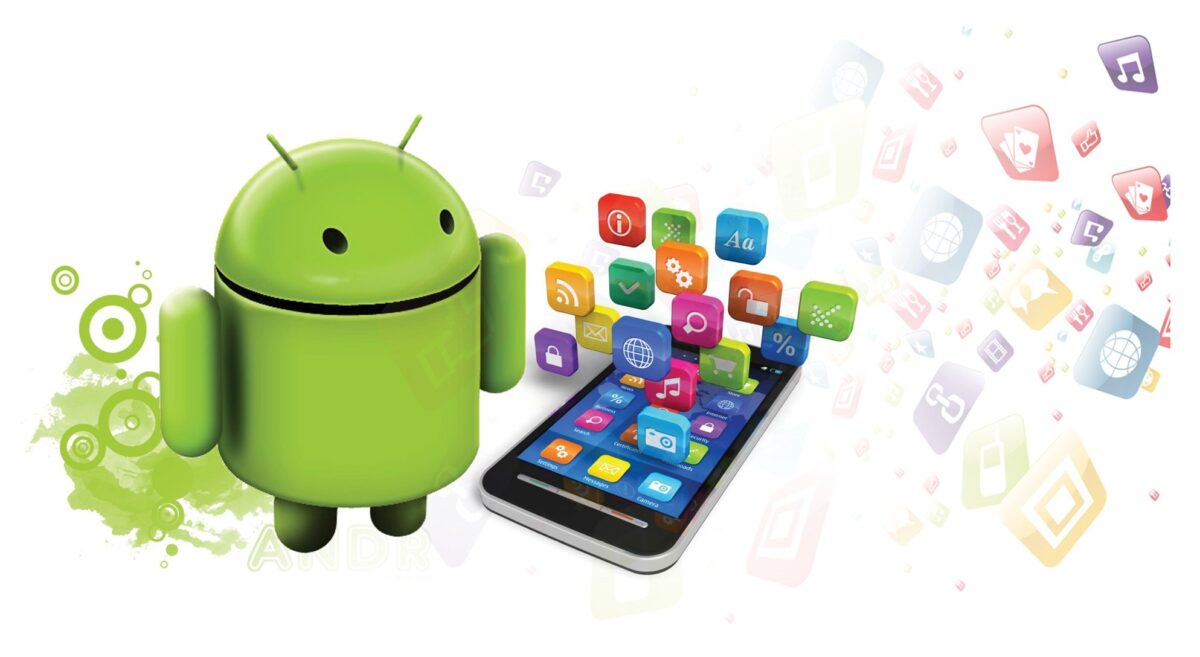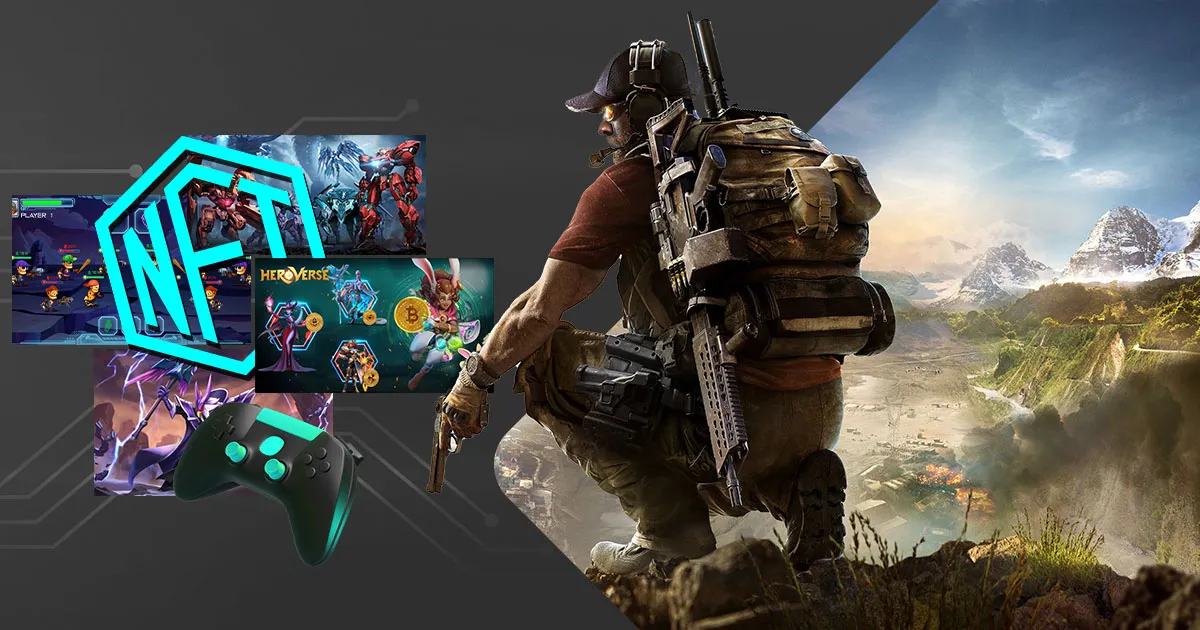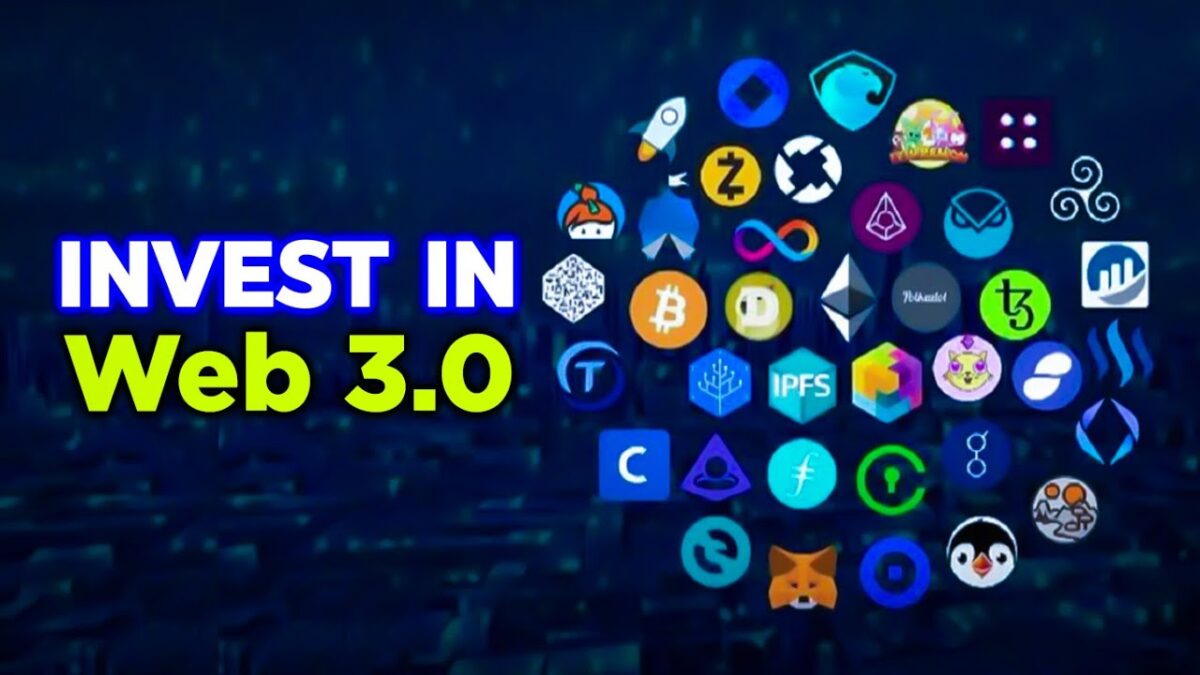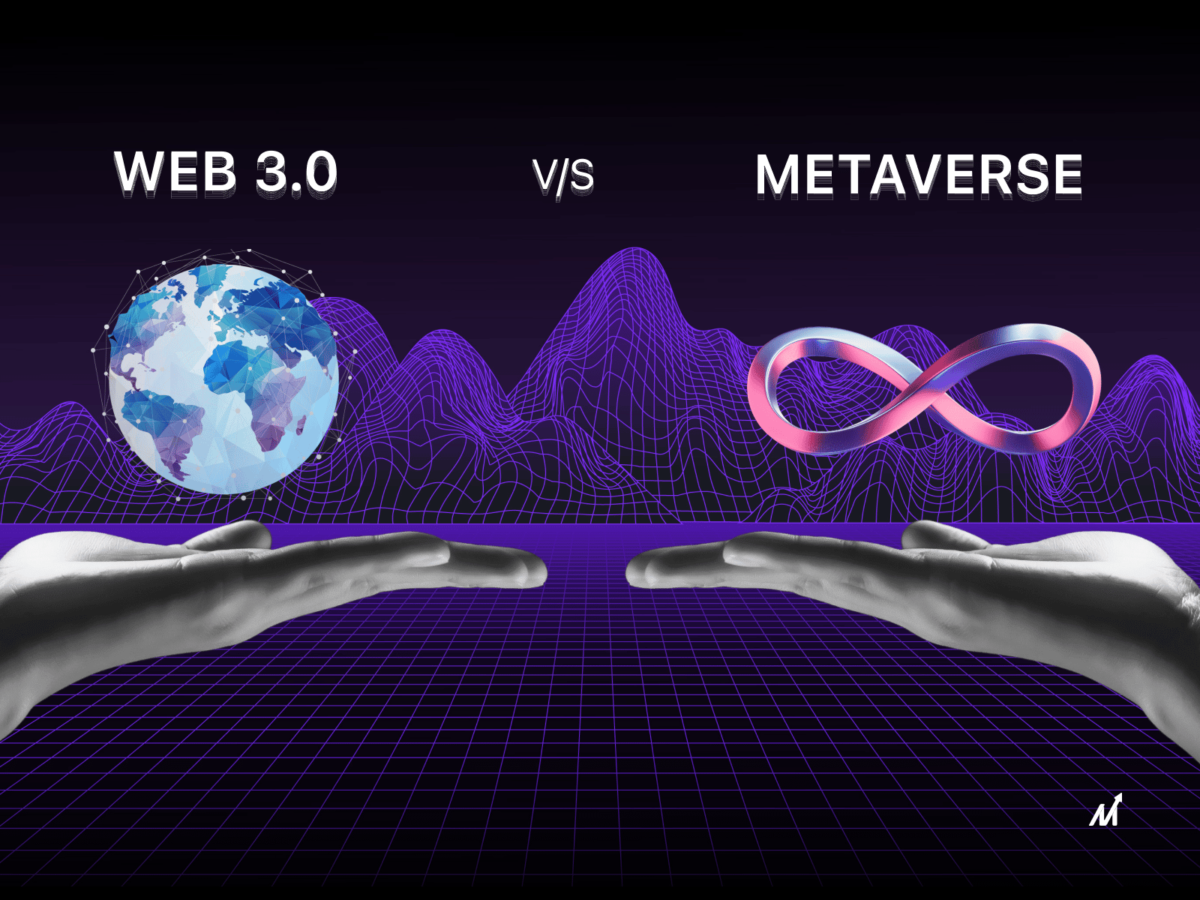Millions of apps have been developed for iPhone users throughout the world. When someone comes up with a novel idea to develop an iPhone app, we all know the question that pops into everyone’s mind. How would this new app survive the bolstering pressure of competition in the market?
Nobody wants his app to get lost in the whirlpool of the apps on the Apple Store. Now a bigger question comes to mind. How to develop an app that stands out amongst the rest on the Apple Store? What is the magic trick? What tools are required and how much would it cost?
If such questions are running through your mind, this article can ease your thoughts.
FREQUENTLY ASKED QUESTIONS (FAQs)
Since a lot of questions are asked by people who consider developing an app for the Apple Store, the software developers of {company name} have listed the most FAQs and developed a guide to answer them. The list of FAQs is as follows:
- How much money is needed to develop an iPhone app?
- Who would develop an iPhone app and how to hire the developer?
- Which technologies and tools would be required for the development of an iPhone app?
- What features would be best suited for an iPhone app?
- How can one test and verify the quality of an iPhone app for the premium quality experience of iPhone users?
And most importantly,
- How can one make money by developing an iPhone app?
Well, we have talked about a plethora of questions so far. Let’s dive into the world of IOS to understand how an iPhone app can be developed.
WHAT ARE IOS?
iOS stands for iPhone Operating System. It is a software that has been developed by Apple Inc. exclusively for iPhones. This operating system is so popular worldwide that many users have ditched Android for it. Now the question is, what is so special about it? To understand it, we have to know how the iOS app is developed.
HOW AN IOS APP IS DEVELOPED?
The process of developing an iOS app is a part of iOS development. iOS development is inclusive of creating games, apps, widgets, and digital solutions. All these apps, games, and solutions are exclusively developed for the devices that run on the operating system of Apple. Such devices can include Apple TV, iPhone, Apple Watch, and iPad.
WHY INVEST IN IOS?
When we see people going crazy over the new iPhone launch, we wonder why are they going bonkers over just a phone. Is there something different about it? Are Android users missing out on something? What is so peculiar about iOS that it superseded Android?
Both Android and iOS are leading the tech world in the contemporary era. To be honest with you all, we can safely say that iOS is the most popular operating system currently. The reason behind this popularity is that Apple has always given a priority to the value of money.
When we decide to buy a phone, what do we want? Of course, we want a product that is not going to let us down. A device that is going to give us a quality user experience. The best sales strategy of Apple is that it makes its users pay a large amount of money without letting them think that they are overpaying. People are happy to pay a large sum if they are getting what they want.
Choosing to invest in iOS development means that you already have a burgeoning number of users in the market. Apple is aware of the best business technique and so should you. Create what people would love and they are going to value it even at a high cost.
Another reason to invest in an iOS app is that the brand name of Apple is adequate to attract customers. You would not have to spend time building the trust of users in your app. Placing your app in the Apple Store would kickstart your business in a short period.
Now that we have blabbered a lot about iOS and why should we choose to invest in its development, let’s get a little more serious. What are the points that we have to keep in mind to develop an iOS app?
KEY POINTS TO KEEP IN MIND TO CREATE AN IOS APP
How Can One Make Money by Developing an iPhone App?
Publishing it on different platforms would build more and more revenue.
How Much Money Is Needed to Develop An iPhone App?
An iPhone app of mid-level usually requires around 75 K dollars. This cost is inclusive of development, design, testing, and maintenance.
Which Technologies and Tools Would Be Required for The Development of an iPhone App?
A technology stack would be needed which includes a set of tools as well as technologies. Your developer can guide you related to this depending o your app.
What Features Would Be Best Suited for an iPhone App?
You would have to mix mid-level and advanced-level features to develop a unique app. However, features depend upon your choice of project. Additionally, keep your target audience in mind. No kid wants to deal with an app built for adults.
How Can One Test and Verify the Quality of an iPhone App for Premium Quality Experience Of iPhone Users?
Our dedicated team would not only develop an app for you. It would also test it before launching it for iPhone users. Then, you can publish it without any fear.
Who Would Develop an iPhone App and How to Hire the Developer?
Of course, you would need a whole team of professionals for an advanced app like an iPhone app. If you have no idea about programming, you would require at least 3 to 5 experts to complete your project. You do not need to fret about this part, though. Because our team has got you covered. We can assist you in developing the best iPhone app. So, grab your laptop, search for our website, and talk to an expert. Start creating, today!
